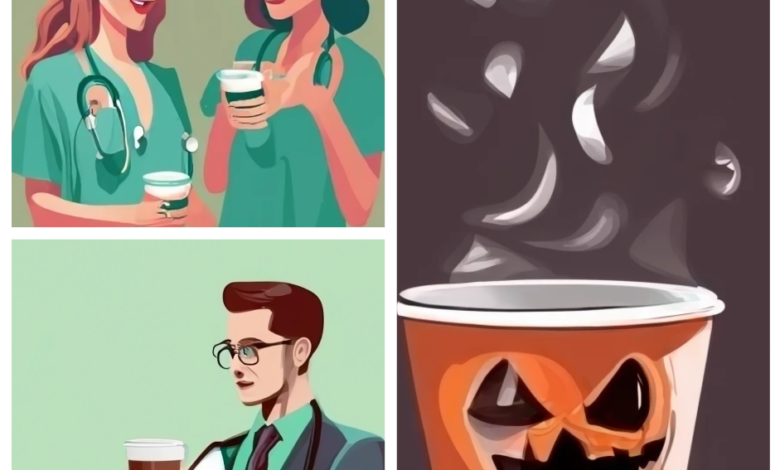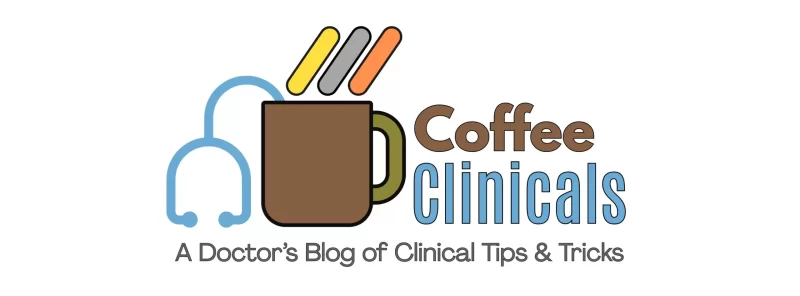
For many nurses and other healthcare providers, sitting down to chart on EMRs at the nurse’s station is the one time they actually find time to multitask and enjoy a few sips of their drinks to hydrate and de-stress. Hence frequent reminders & announcements to evacuate food & drinks from the nurse’s station and patient care areas (especially when the Department of Health or people from Quality-control departments such as the Joint Commission (JCAHO) are visiting ) seem like a punishment. Busy shifts in the hospital mean long hours without water, food, or restroom breaks, so such restrictions could contribute to staff burnout.
Naturally, compliance is not always great, and penalties can be steep. But maybe explaining to staff why exactly the restrictions exist will help a lot.
These five things might surprise readers while helping them understand the reasons why food and drinks are not allowed at the nurse’s station:
1. These food & drink regulations are actually dictated by the OSHA (Occupational Safety and Health Administration ) for workplace safety. That’s right, these rules are also to protect you – the providers – and not just patients! From what? From infections from resistant pathogens & toxic substances that regularly contaminate hospital floors & surfaces such as keyboards. These then end up on your hands, mouth, and face with eating/drinking. These microorganisms also love the same food and drinks, helping them grow and propagate hospital-acquired infections in patients.
2. The prohibitions are not just about eating and drinking, but also applying cosmetics or lip balm & handling contact lenses!
3. OSHA or the Joint Commission doesn’t really prohibit eating or drinking at nurse’s stations per se but prohibits doing so in areas of risk of contamination (it leaves that to the hospitals to decide). A typical nurse’s station experiences high traffic to and fro from patient rooms and is unlikely to be excused.
4. Nasty bacteria, fungi & viruses are super common on hospital floors & surfaces. This study reviewed various mechanisms of hospital floor bugs causing human infection (shoes, aerosol, etc.), while this study demonstrated how a benign virus intentionally deposited on a hospital floor rapidly ended up on patient hands and hospital surfaces. I also find it very concerning how Chemotherapy drugs ☠☣ contaminate surfaces including keyboards!
5. And no – covering drinks doesn’t cut it either. Here’s a reply the OSHA gave about this question: Despite a lid or cover, “the container may also become contaminated, resulting in unsuspected contamination of the hands.”
P.S.: – The inconvenience of not being able to have food & drinks is so great that Tom Daschle, a senator from South Dakota, even wrote to OSHA asking to explain this restriction and what could be done to ease the burden for staff. The answer pivoted to HIV & HBV contamination, which actually confused me since HIV and HBV do not survive outside of blood and aren’t transmitted by food contamination unless, in theory, you had bleeding gums or teeth while eating. Personally, I would be worried about the risk of C. diff and Chemotherapy agents contaminating my food and drink on the floor. Routine alcohol scrubbing of hands does not work on C. diff spores.
Don’t miss these fun posts! Subscribe via email 📩 | |
